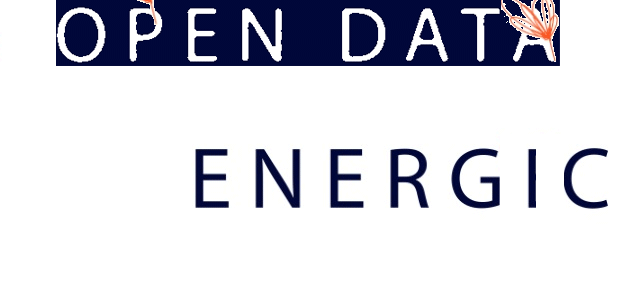Open geospatial data at your fingertips
European Virtual Hub
What is a Virtual Hub?
An ENERGIC OD Virtual Hub (VH) is a single point of access to harmonized geospatial open data. Geospatial open data are served by many distributed systems and comes in different flavours, with heterogeneous interfaces for discovery and access, and different metadata and data models. Therefore, without a hub, in order to use geospatial open data, a developer should spend a lot of time searching for useful data and become an expert in many different specifications. Moreover, applications should waste computing power and time for harmonizing the accessed information before being able of using it. A VH addresses these problems connecting heterogeneous data sources and serving geospatial open data through one or more homogeneous interfaces, in a common format, coordinate reference system and resolution. Doing that, a VH greatly facilitates the use of geospatial open data, solving interoperability issues and allowing developers to focus on their application logic.
What do Virtual Hubs provide?
The VHs provide two main functionalities:
-
Semantically enhanced discovery of geospatial open data: the user can ask the VH to provide a list of available datasets filtered in terms of geographic coverage, temporal extent, data provider, content keywords. The VH is able to semantically interpret the keywords using external knowledge bases. For example, if a keyword is in english and the knowledge base provides its translation in other languages, also the datasets annotated in different languages will be considered during the search process.
-
Harmonized access to geospatial open data: the user can ask the VH to provide a set of data identified by an Internet address (a URL, for example provided by a preliminary discovery query). Upon request, data can be also processed on-the-fly for subsetting (cutting data on a specific spatio-temporal volume), reprojection (change of coordinate reference system), resampling (change of resolution) encoding (change of format).
Finding and accessing geospatial open data
Although all the VHs provide the same functionalities, each VH differs in terms of objectives. A VH may have a national or regional scope providing only open data on a specific area, another VH may have a thematic scope providing open data useful for a specific application domain. This affects which data are available through a specific VH, how the semantic search is oriented, which format and coordinate reference systems are supported and so on.
The VH manager decides about the configuration of the VH. The user can check the characteristics of the VH, and the available datasets through the VH access portal.
How is a VH implemented?
For those interested, technical information about the implementation of ENERGIC OD VHs is available in the official ENERGIC OD deliverable “Virtual Hubs - System Architecture (Second Release)”.


